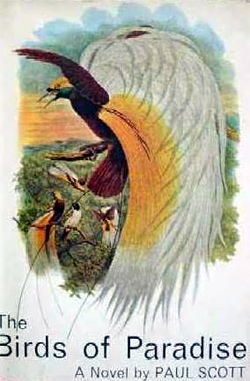Jan 02, 2026
Jan 02, 2026
 The Birds of Paradise is Paul Scott’s finest novel before The Raj Quartet. He has found the artistic method congenial to the powers of maturity – the measured development of related themes through simultaneous narratives in retrospect, in the present and in prospect, a complex interplay of shifts in time and place.
The Birds of Paradise is Paul Scott’s finest novel before The Raj Quartet. He has found the artistic method congenial to the powers of maturity – the measured development of related themes through simultaneous narratives in retrospect, in the present and in prospect, a complex interplay of shifts in time and place.
07-Apr-2012
More by : Dr. T. S. Chandra Mouli